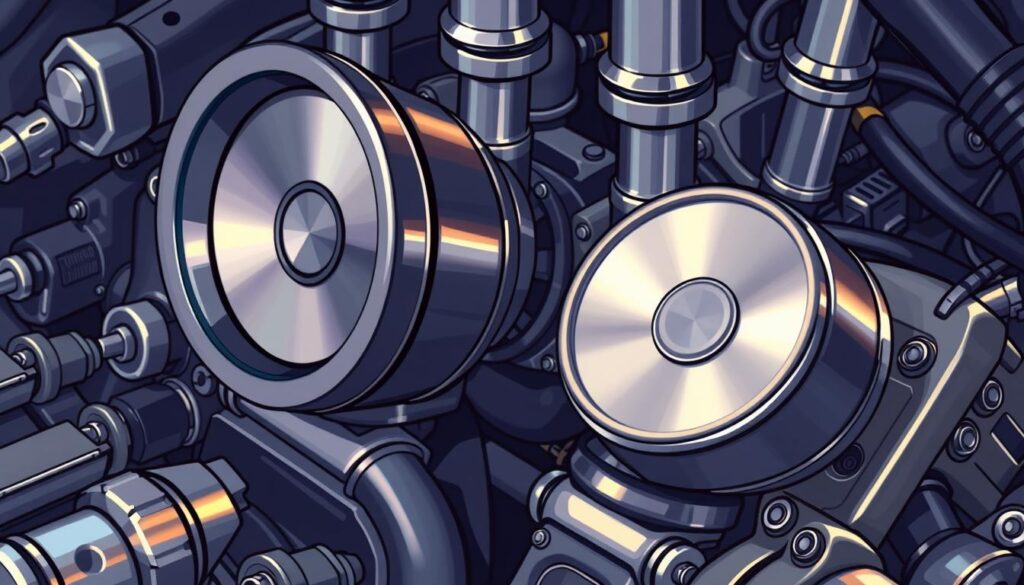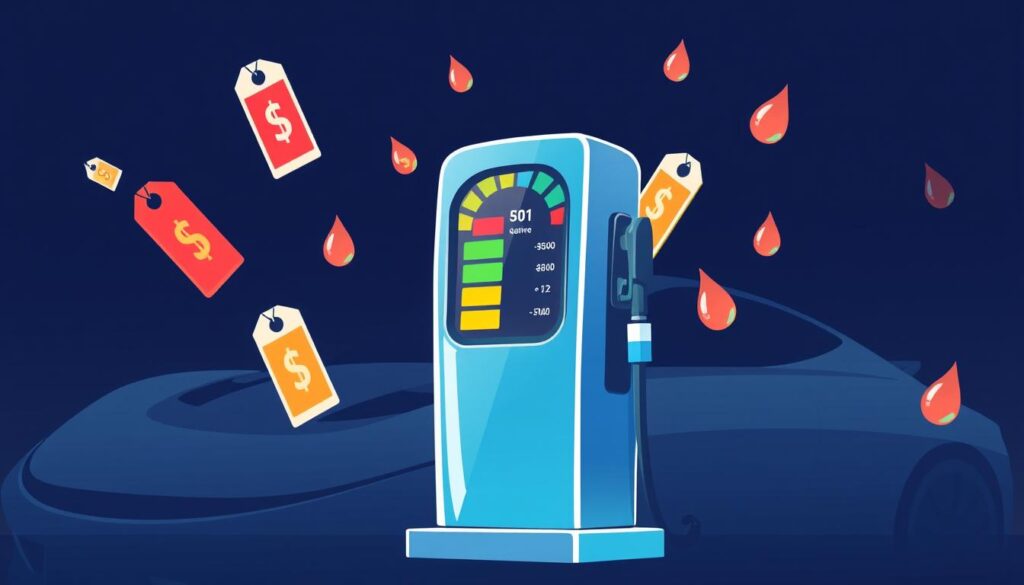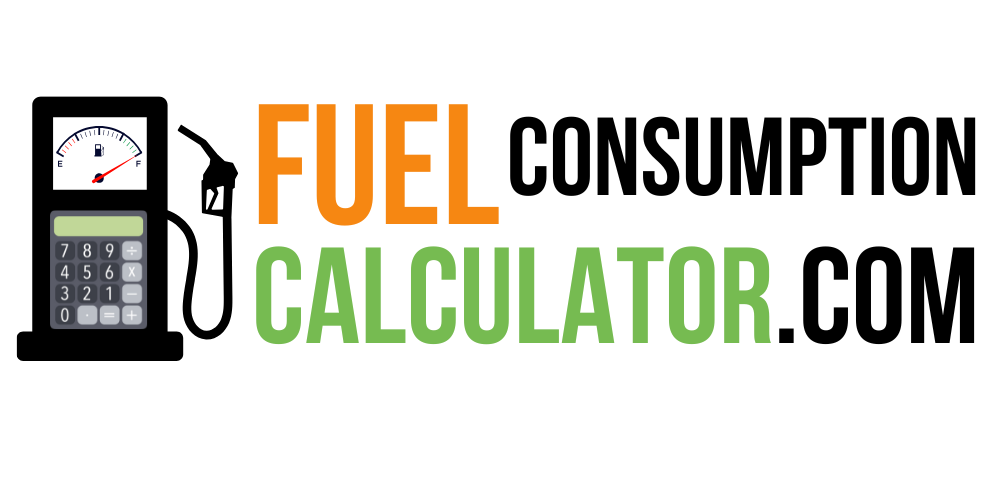As a driver, I’ve often wondered if using a higher octane fuel is really needed for my car. The octane rating is easy to spot at gas stations, but what does it really mean for how well my engine runs and how much fuel I use? In this article, I’ll look into how octane affects engine performance. This will help you decide the best fuel for your car.
Contents
- 1 What Is Octane Rating?
- 2 Does Higher Octane Always Mean Better Performance?
- 3 Why Some Manufacturers Recommend Higher Octane
- 4 Consequences of Using Lower Octane Than Required
- 5 Benefits of Using Higher Octane Than Required
- 6 Why Higher Octane Fuels Cost More
- 7 When to Use 85 Octane Gasoline
- 8 Source Links
Key Takeaways
- Octane rating measures a fuel’s resistance to premature ignition, not its quality or energy content.
- Using a higher octane fuel than recommended for your engine can actually harm performance and fuel economy over time.
- Modern engine control systems can often compensate for lower octane fuels, minimizing any noticeable difference in performance.
- High-performance engines that require higher compression ratios may benefit from using premium fuel to prevent knocking.
- Following the manufacturer’s recommended fuel grade is the best way to ensure optimal engine performance and longevity.
What Is Octane Rating?
The octane rating measures how well a fuel resists “knocking” or “pinging” in an engine. Knocking happens when the fuel mixture explodes too early, not in the right order. This can harm the engine over time.
Octane Measures Fuel Stability and Resistance to Knock
Octane rating is key to picking the right fuel for an engine. Fuels with higher octane are more stable and less likely to knock. They work best in engines with high compression or forced induction.
Common Octane Ratings for Gasoline in the U.S.
In the U.S., most unleaded gas has octane ratings of:
- 87 (regular)
- 88–90 (midgrade)
- 91–94 (premium)
Choosing the right fuel based on octane rating is important for your car. It helps pick the best fuel for your vehicle, improving its performance and efficiency.
Does Higher Octane Always Mean Better Performance?
Choosing the right fuel for your car is key, and the octane rating matters a lot. Many think that higher octane fuel means better engine performance. But, the truth is more complex. Higher octane fuels are actually less powerful than lower octane ones.
An octane rating of 93 means the fuel is 93% iso-octane and 7% heptane. This mix lets the engine work better, giving more power. But, the benefits of using higher octane fuel stop after a point, with little extra gain.
Using higher octane fuel can slightly improve your car’s performance and how far it goes on a tank. This is especially true when you’re towing or driving in hot weather. But, under normal driving, you might not see much difference in how well your car runs or how far it goes on a tank by using higher octane fuel than recommended.
“Modern high-performance engine management systems often employ knock sensors to adjust ignition timing based on octane levels to prevent pre-ignition or knocking.”
Manufacturers suggest the best octane fuel for engines that need it. Using a lower octane fuel can cause knocking, hurting fuel efficiency and possibly damaging your engine and emissions system over time.
So, while higher octane fuel can help in some cases, it might not always be worth the extra cost. Always follow your car’s manual for the best engine performance and fuel economy.
Why Some Manufacturers Recommend Higher Octane
The octane rating of fuel is key to engine performance. Some vehicles need higher octane fuels, like premium gasoline, because of their design.
Higher Compression and Forced Induction Require Higher Octane
Engines with high compression or turbochargers need higher octane fuels. This is to stop “knocking” or premature detonation. Higher octane fuels resist this early ignition, making them vital for these engines.
Using the recommended octane rating helps these engines work best. This means better performance and fuel efficiency. Using lower octane can reduce power, efficiency, and might harm the engine over time.
| Fuel Octane Rating | Typical Engine Application |
|---|---|
| 87 (Regular) | Most standard passenger vehicles |
| 88-90 (Midgrade) | Some higher-performance models |
| 91-94 (Premium) | High-performance, turbocharged, or high-compression engines |
Following the manufacturer’s fuel recommendations is crucial. It ensures your engine works well and avoids long-term problems. Picking the right octane rating boosts your vehicle’s performance and efficiency.

Consequences of Using Lower Octane Than Required
Using a lower octane fuel than recommended can cause serious engine damage. These fuels don’t resist premature detonation well. This can lead to engine damage over time.
When the engine’s pistons compress the fuel-air mix, it can ignite too early. This is called knocking or pinging. In older cars, you might hear a metallic sound. In newer cars, the engine’s computer tries to fix this by adjusting spark timing. But, this can lower power and fuel efficiency.
- Lower octane fuel can cause decreased engine performance, reduced fuel economy, and potential long-term engine damage.
- Using lower octane fuel than recommended may even void your vehicle’s warranty. It can lead to faster wear on engine parts.
- Over time, using lower octane fuel can damage the engine’s pistons, valves, and other critical parts. This can lead to expensive repairs.
- Lower octane fuel can also harm your vehicle’s emissions control system. This results in more tailpipe emissions and potential compliance issues.
To keep your engine safe and running well, always use the octane rating your car’s maker recommends. This is found in the owner’s manual. Saving a few cents per gallon by using lower octane fuel isn’t worth the risk of engine damage, voided warranty, and performance issues later.
Benefits of Using Higher Octane Than Required
Higher octane fuel can boost vehicle performance, especially in tough driving situations. For most drivers, the benefits are small. But, those who often tow heavy loads or drive on rough terrain might see real improvements.
Potential Slight Improvements in Severe Duty Operation
For vehicles in “severe duty,” like towing or hauling heavy stuff, higher octane fuel can make a difference:
- Better towing performance and handling with heavy cargo
- Improved fuel economy, leading to slightly better MPG in tough driving
- Less carbon dioxide (CO2) emissions for a greener drive
But, under everyday driving, most people won’t see a big change with higher octane fuel. The real benefits show up when the engine and fuel system are under a lot of stress.
| Fuel Type | Octane Rating | Potential Benefits | Potential Drawbacks |
|---|---|---|---|
| Regular Gasoline | 87 Octane | More affordable | May cause engine knocking in high-performance vehicles |
| Premium Gasoline | 91-93 Octane | Improved towing performance, better fuel economy, and reduced emissions in severe duty operations | Higher fuel cost |
Choosing higher octane fuel depends on your vehicle’s needs and how you drive. If you often need top performance and efficiency, the extra benefits might be worth it. But, for regular driving, you might not see much difference.
Why Higher Octane Fuels Cost More
The octane rating greatly affects the price of gasoline. Higher octane fuels, like premium gasoline, are pricier than regular or midgrade ones. This is mainly because making these fuels costs more.
Higher octane fuels need a special process to get their high octane rating. Fuels with high octane, like aromatics and alkylates, are pricier to make. This is because refining them is complex and uses more energy.
| Octane Rating | Fuel Components | Refining Costs |
|---|---|---|
| 87 (Regular) | 87% octane, 13% heptane | Lower |
| 89-90 (Midgrade) | Blend of regular and premium components | Moderate |
| 91-93 (Premium) | Higher concentration of aromatic and alkylate compounds | Higher |
Before, tetraethyl lead (TEL) was used to raise octane levels. But, when leaded gas was banned in the 1970s, refiners had to find new, costlier ways to boost octane.
To sum up, higher octane fuels are pricier because they require more refining work. This makes the fuel components needed for their high octane levels costly. Knowing this can help drivers choose the right fuel for their cars and budgets.

When to Use 85 Octane Gasoline
85 octane fuel was once used in high places because it was cheaper and worked well there. It was good for cars with carbureted engines. But now, things have changed a lot with new car engines.
Most cars today need the fuel type recommended by their makers, which is often more than 85 octane. Using 85 octane in a car that needs higher octane can cause problems. These problems include engine knock, less power, lower fuel efficiency, and warranty issues. Unless your car is really old with a carbureted engine, it’s best to use the fuel type your car’s maker suggests.
It’s important to know that modern engines need different fuel types. The time when 85 octane was a good choice for most cars is over. To keep your car running well and lasting long, always use the fuel type your car’s make and model recommend. This is true even if 85 octane is the only option in your area.
Source Links
- https://ask.metafilter.com/79327/Is-it-true-that-it-is-good-for-a-car-to-fill-it-up-with-higher-grade-gas-once-in-a-while – Is it true that it is good for a car to fill it up with higher grade gas once in a while?
- https://www.carthrottle.com/news/engineering-explained-high-vs-low-octane-petrol – Engineering Explained: High vs Low Octane Petrol
- https://www.greatflorida.com/blog/2021/the-difference-between-regular-and-premium-fuel/ – The Difference Between Regular and Premium Fuel
- https://www.fueleconomy.gov/feg/octane.shtml – Select the right octane fuel for your vehicle!
- https://www.progressive.com/answers/premium-vs-regular-gas/ – Premium vs. Regular Gas: Which Is Best for Your Car?
- https://en.wikipedia.org/wiki/Octane_rating – Octane rating
- https://www.etsracingfuels.com/blogs/blog/guide_to_racing_fuels_the_octane_factor?srsltid=AfmBOopUItDQJonUkx4w1ScF2pjKyefwYNiaxVITEyA9n-8Wg5UrnPUH – You’re thinking about Octane the wrong way: 5 myths about performance culture’s most misunderstood rating.
- https://www.cenex.com/expert-advice-and-insights/what-octane-ratings-really-mean-for-your-car – What octane ratings really mean for your car
- https://www.dickhannah.com/blog/premium-vs-regular-gas/?srsltid=AfmBOoogwrFfEHNotXTz5snGU7H4hUYduKh3pxw-c0EBwGV8rTgivP69 – Premium vs. Regular Gas
- https://www.enginebuildermag.com/2023/11/the-impact-of-fuel-type-on-engine-performance/ – The Impact of Fuel Type on Engine Performance – Engine Builder Magazine
- https://www.mach1services.com/advantages-and-disadvantages-of-high-octane-fuel/ – Advantages and Disadvantages of High Octane Fuel
- https://auto.howstuffworks.com/fuel-efficiency/fuel-consumption/question90.htm – What Is Octane and How Does It Work?
- https://www.capitalone.com/cars/learn/managing-your-money-wisely/should-you-use-premium-gas-in-your-car/2063 – Should You Use Premium Gas in Your Car?
- https://www.capitalone.com/cars/learn/finding-the-right-car/what-is-85octane-gas-and-why-isnt-it-available-everywhere/2114 – What Is 85-Octane Gas and Why Isn’t It Available Everywhere?
- https://www.ericthecarguy.com/forums/topic/diffrent-octane-fuel-makes-car-start-easier/ – Diffrent octane fuel makes car start easier. | EricTheCarGuy

Hi, I’m Sufiyan, the developer behind this platform. I created FuelConsumptionCalculator.com to simplify fuel tracking for everyone — because understanding your vehicle shouldn’t require a degree in mechanics. I’m always working on adding more tools and content to make this site even more useful

